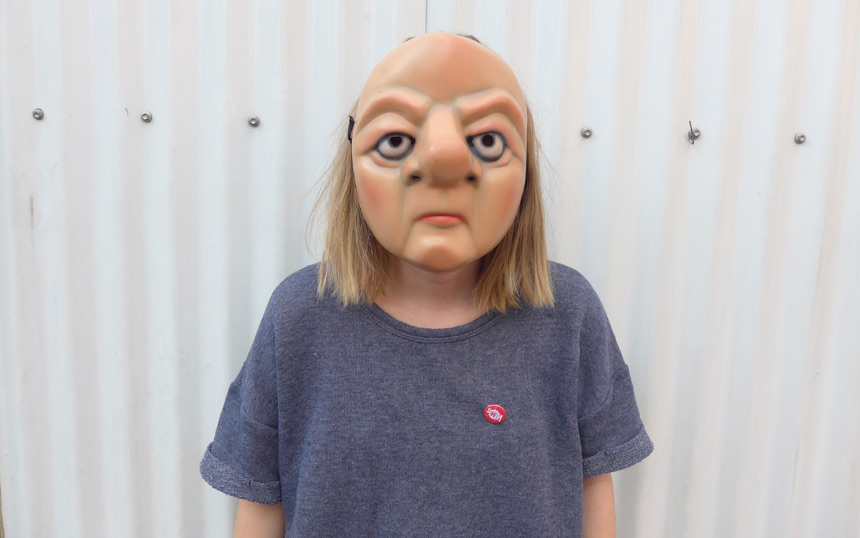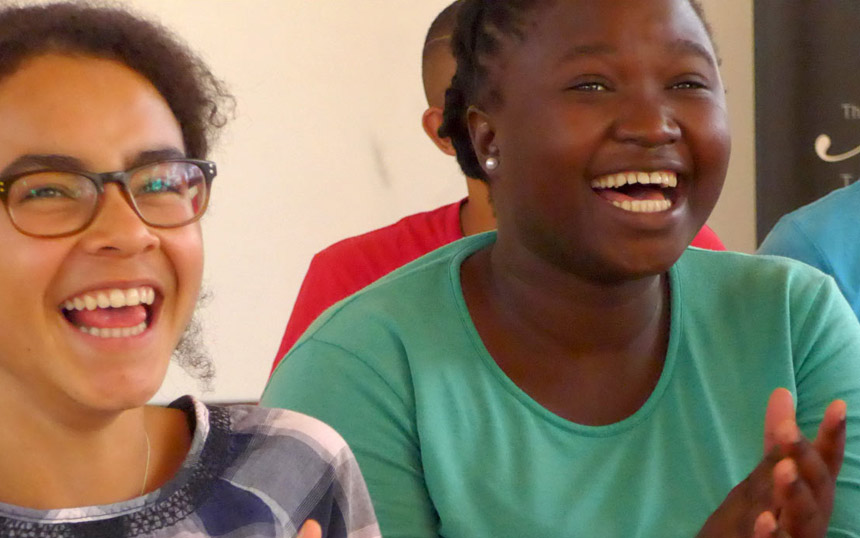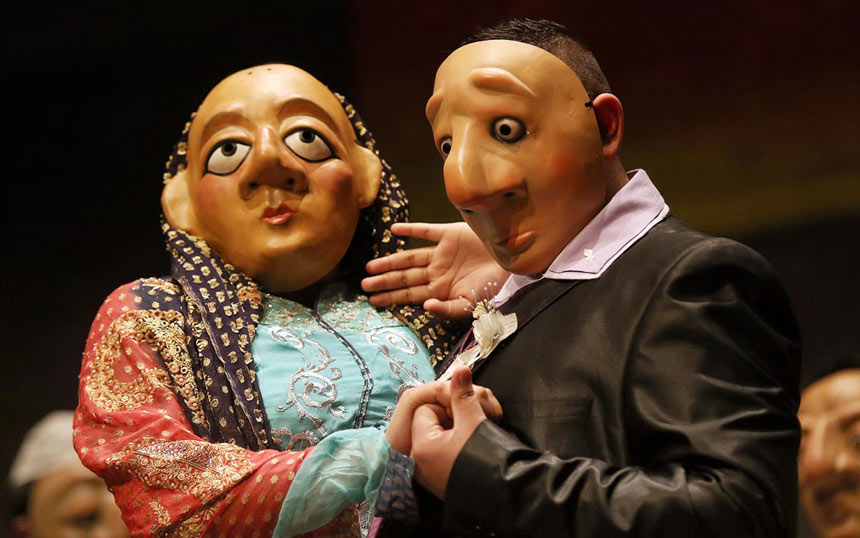Mask Theatre terms
For visual examples of many of these terms, see our Mask Technique films
Clocking
This is a technique intrinsic to mask acting, where the mask looks straight at the audience. It is a moment of connection between the mask and the audience, and gives the viewer a chance to interpret what the mask is thinking.
Character Establishment
Character Establishment introduces aspects of a new character on stage through tiny physical details.
Counter mask
This is when the actor plays the opposite emotion to the one written on the mask. Why? A mask that plays the same emotion will soon become boring and predictable. For example, a joyous mask can be sad, an elderly mask can be quickly paced, an aggressive mask can be submissive, all throught the actor's body.
Giving focus
As a basic rule, only one mask should have the focus at once on stage. To give the focus as an actor, look at where you want the focus of the audience to be. If you want to go unnoticed then you need to “disappear” so not to steal focus, for example; look down, keep still or even hide your mask behind a newspaper.
Internal monologue
Audiences comment on how lovely it must for actors not to have to learn lines; this couldn’t be further from the truth! We have scripts for all our productions, but they are very different from those used conventionally in theatre. The 'lines' that mask actors use are spoken internally, and this is called an internal monologue. If it is clear, well-acted, well-directed and said at the pace that matches the intension, then it should feel to the audience as if the words are in their own heads. See also Internal dialogue
Internal dialogue
Internal dialogue is the mask theatre equivilent of 'lines', but differs from Internal Monologue in that it applies when more than one character are interacting. Mask actors first rehearse out of mask, saying lines aloud, just like theatre with spoken word. Once the masks go on, these lines become silent thought, played between the actors as if lines are being spoken.
Keeping the mask alive
A mask becomes lifeless if it is kept still for too long - it needs regular movement, even if this is tiny.
Moments of stillness
Like music or dance, mask work needs moments of stillness. These moments give the audience time to interpret and absorb the action and story; it gives mask work definition, punctuation and clarity.
Moments of isolation
If the whole body is moving all the time, there will be no clarity or focus. Bringing movement down to a tiny detail, such as the tapping of a toe, can be extremely effective in creating focus






